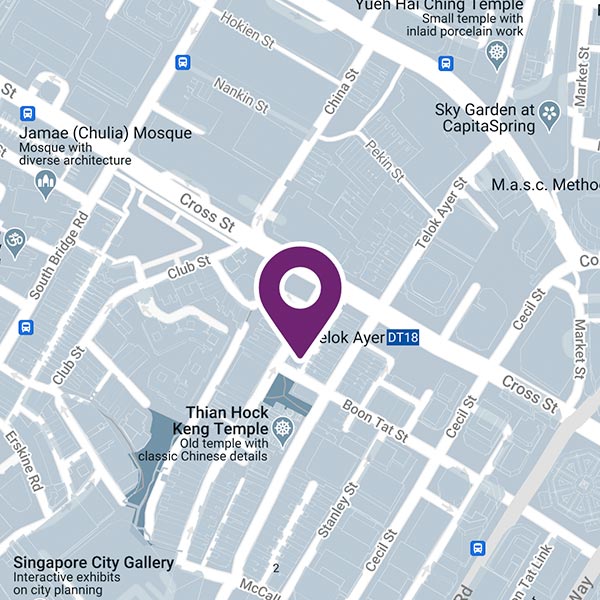LGBTQ+ inclusion in the workplace has significantly progressed in recent years, but there is still much work to be done. A recent study found that 75% of LGBTQ+ employees have experienced "daily negative workplace interactions." This figure reminds us that we all need to do our part to make the workplace a more inclusive environment for everyone. Here are three must-dos to support your LGBTQ+ colleagues in the workplace:
1. Educate Yourself and others about the issues faced by the LGBTQ+ community.
There is a lot of misinformation out there, and it's imperative to be an ally by sharing accurate information with others. A great way to learn more is by following LGBTQ+ organisations on social media and reading articles from reputable sources. Transgender people have a strong and clear sense of their gender identity, regardless of the sex assigned to them at birth which is sometimes a misperception. With this new information, you can help dispel myths and prejudices by having open and honest discussions with others at work. A recent study found that 98% of trans adults "who had experienced four instances of discrimination and violence in the past year thought about suicide that year."
2. Use inclusive language in the workplace.
Many LGBTQ+ individuals feel uncomfortable when they hear terms like "gay" or "lesbian" used as insults. It's vital to be mindful of the language you use in the workplace and avoid using terms that could be considered offensive. For example, don't say "that's so gay" to describe something you dislike.
Furthermore, you must also know which pronouns to use when referring to someone. If you're unsure, it's always best to ask. It shows that you're respectful and willing to put in the effort to ensure everyone feels comfortable. Business leaders should also set the tone by using inclusive language in company-wide communications.
3-Be an active supporter, not a passive one.
The term "performative allyship" is used frequently to describe people who only show support for LGBTQ+ individuals when it's convenient or trendy but don't put in the work to create real change. For example, a performative ally might post a Pride flag on their social media profile during Pride Month, but they don't do anything to support the community for the rest of the year.
On the other hand, an active ally is someone who continuously works to create a more inclusive environment for LGBTQ+ individuals, even when it's not convenient. They might not get all the credit, but they're usually the ones doing the grunt work. For example, an active ally might start a Diversity and Inclusion committee at their workplace or volunteer for an LGBTQ+ youth organisation.
No matter how you choose to support the LGBTQ+ community, it's important to remember that everyone has a role to play. We all need to do our part to create a more inclusive world. As prominent 1980s feminist writer and activist, Audre Lorde once said, "There is no such thing as a single-issue struggle because we do not live single-issue lives."












